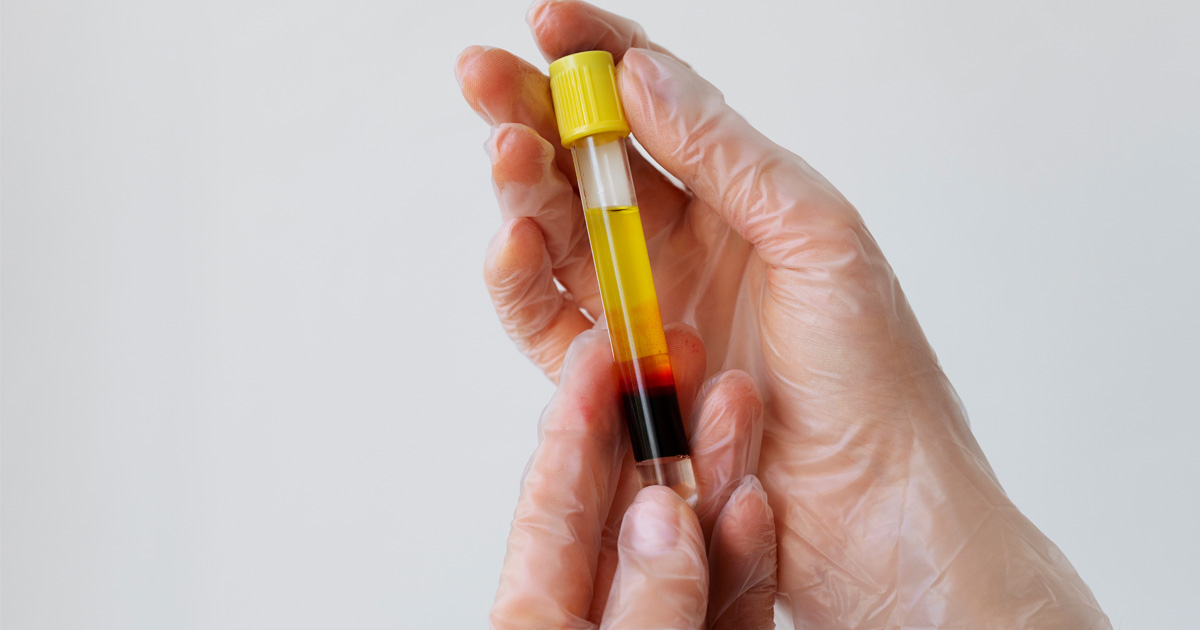Contents
What Is PRP and How Does It Work?
Platelet-rich plasma (PRP) is a treatment that harnesses the healing power of your own blood. It contains a high concentration of platelets, growth factors, and proteins that help promote tissue repair and regeneration. When it comes to fertility, PRP is used to rejuvenate ovarian tissue, stimulate egg production, and improve the health of the uterine lining, which is crucial for embryo implantation. The process involves drawing a small amount of blood from the patient, processing it to concentrate the platelets, and then injecting the PRP directly into the ovaries or the uterine lining, depending on the individual’s needs.
How Does PRP Fertility Treatment Work?
The effectiveness of PRP fertility treatment lies in its ability to promote tissue regeneration. For women experiencing diminished ovarian reserve, PRP has the potential to restore ovarian function by stimulating the growth of healthy follicles and improving the overall quality of eggs. This is particularly beneficial for women who have experienced poor responses to traditional fertility treatments or have a thin endometrial lining that makes embryo implantation difficult. The growth factors in the PRP encourage the development of new tissue, which can help in the preparation of the uterus for a successful pregnancy.
Why Choose PRP Fertility Treatment?
There are several reasons why women may opt for PRP fertility treatment. If you have a lower ovarian reserve, have had multiple unsuccessful IVF attempts, or struggle with issues like endometriosis or thin endometrial lining, PRP can offer a natural alternative to more invasive treatments. It’s an innovative and minimally invasive approach that can help rejuvenate the ovaries and improve the uterine environment. At PMH Fertility Center, we believe in personalized care and provide tailored protocols to meet each patient’s unique fertility needs.
PRP and Ovarian Reserve
One of the most promising uses of PRP fertility treatment is in women with diminished ovarian reserve. Women with low egg count or who are approaching menopause may find PRP to be a valuable treatment option. By improving the function of the ovaries, PRP can help women produce more high-quality eggs, which in turn can improve the chances of successful fertilization during IVF. It’s also a great option for women who are not yet ready to pursue egg donation or who want to explore other fertility options before taking that step.
What Results Can You Expect from PRP Fertility Treatment?
While individual results can vary, many women experience improved ovarian function and enhanced uterine health after PRP fertility treatment. Clinical studies suggest that PRP may increase the thickness of the endometrial lining, which is essential for embryo implantation. Women who have failed multiple rounds of IVF may find that PRP helps increase the success rates of their fertility treatments. While PRP is not a guaranteed solution for everyone, it has shown promising results for many patients, giving them hope for a successful pregnancy.
Is PRP Right for You?
If you’ve been considering fertility treatments or looking for a way to boost your chances of pregnancy, PRP fertility treatment might be the next step. It’s especially ideal for women who have not responded well to traditional treatments or for those who want a less invasive option. PRP can be an excellent alternative to more aggressive fertility interventions and offers a natural approach to improving reproductive health. At PMH Fertility Center, we’ll help you assess your needs and determine whether PRP is the right option for your fertility journey.
For more information or to schedule a consultation, please email us at pmhfertility@puntamitahospital.com.

